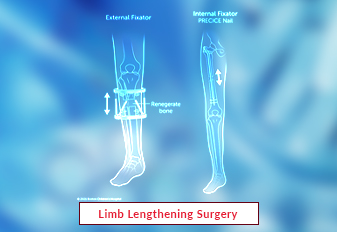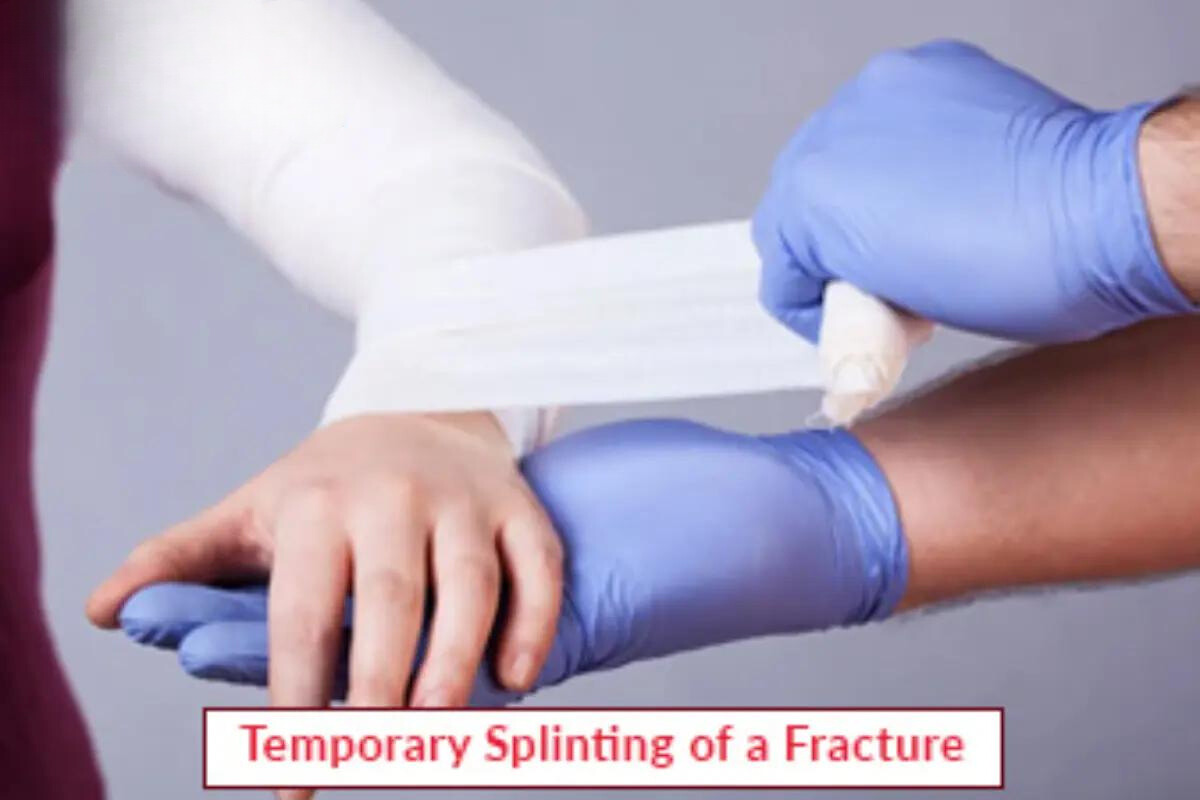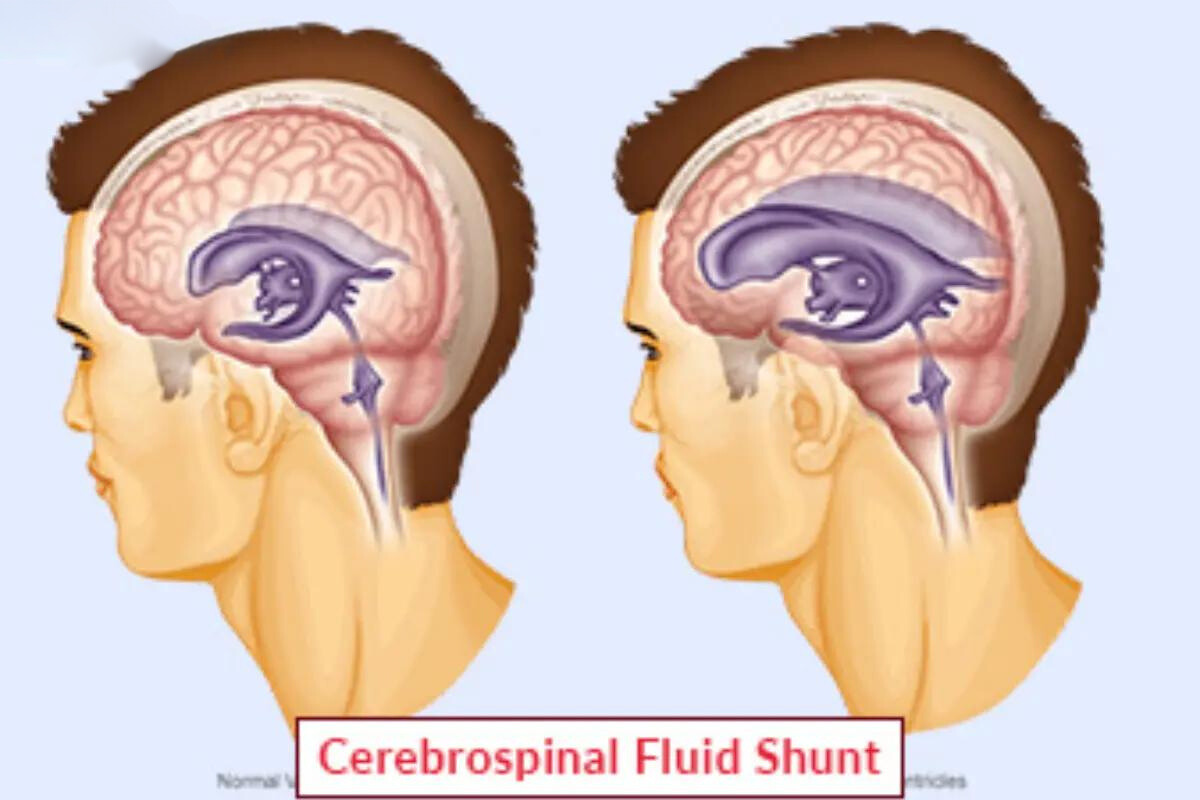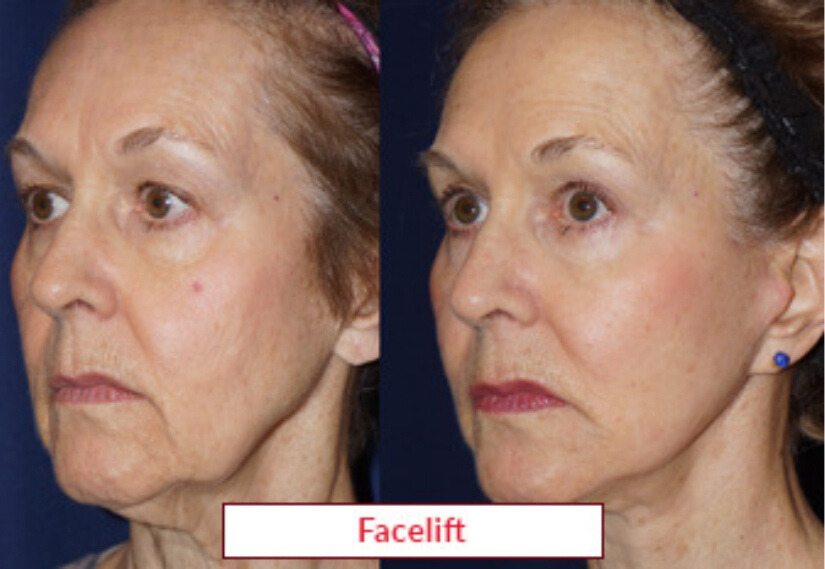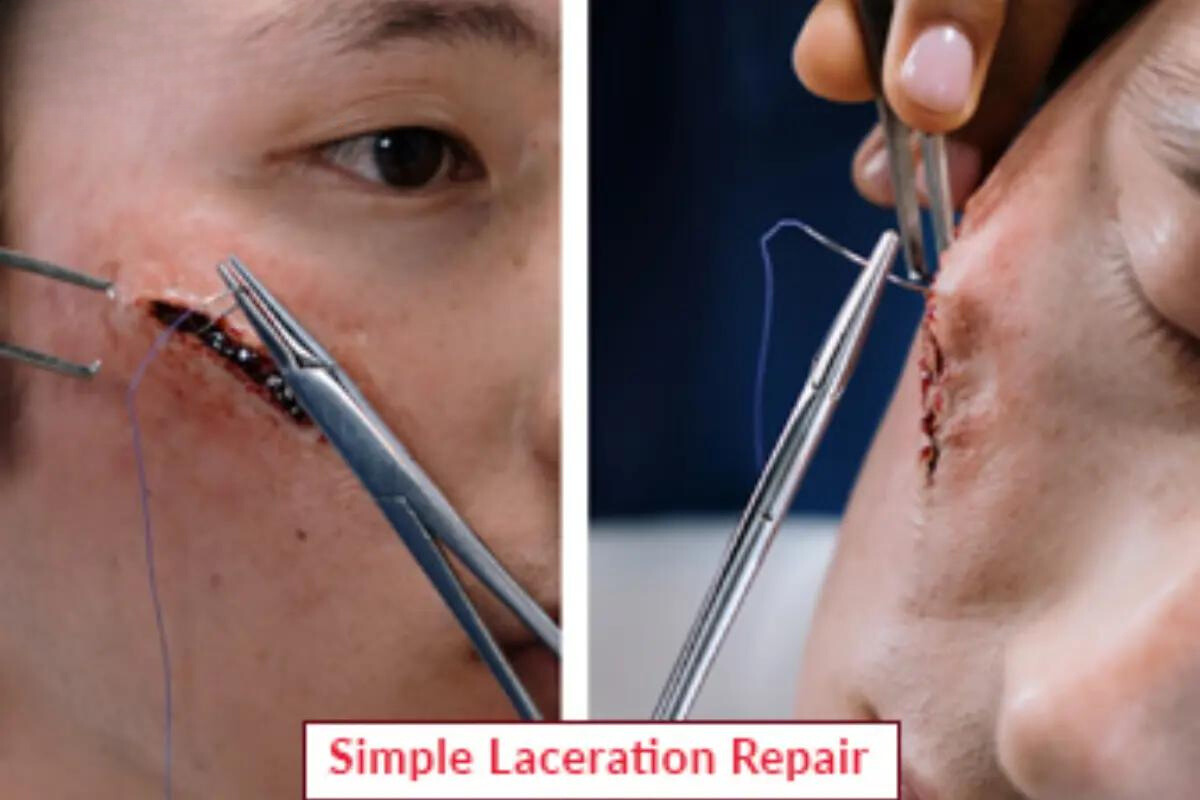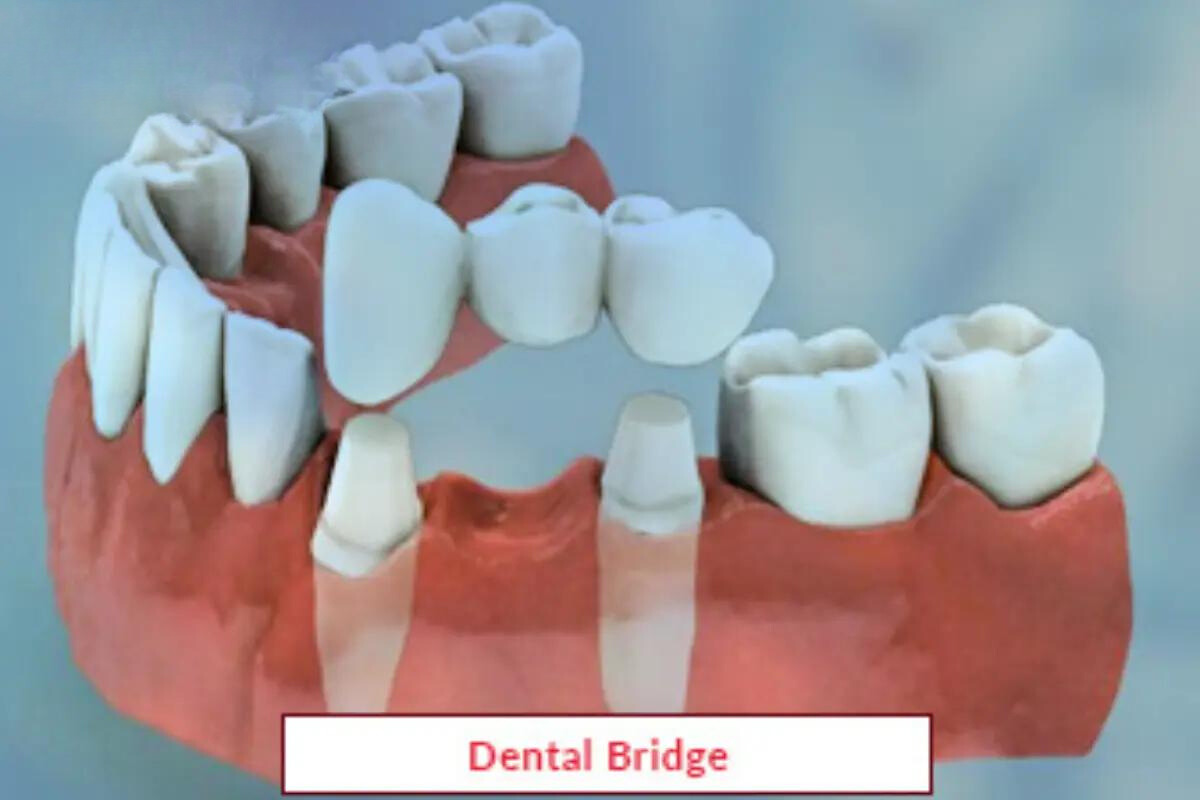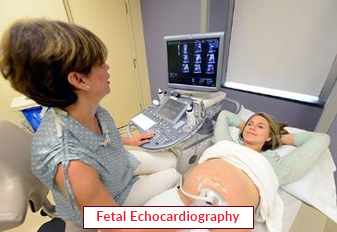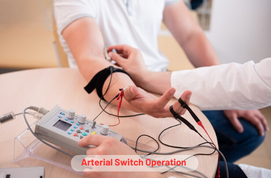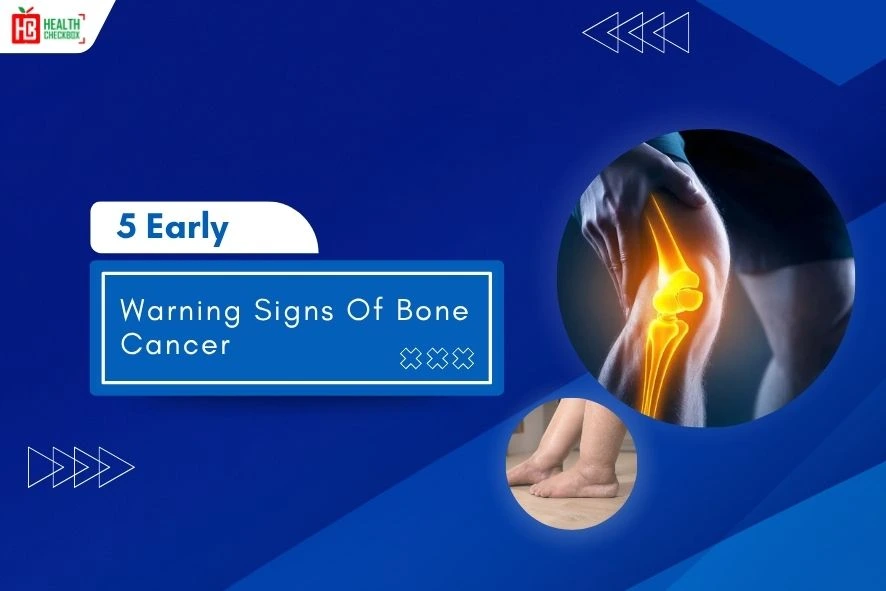Limb length discrepancy is a major problem, that affects millions of people in the world. It occurs when the bones are getting damaged in the arms or legs are damaged. This condition creates trouble in walking and can cause joint problems, ankle pain, etc., in individuals. It mainly happens at any age. If left untreated, it becomes rare for adults, older adults, and children. Its best surgical approach is limb lengthening surgery. It is a surgical procedure that increases the bone length to control fractures in the arms and legs. This surgery can be performed through a thin metal frame or an internal device. It is considered as an inpatient procedure and mainly performed by the orthopedic surgeons in the healthcare department. Its other name is reconstruction or height increase surgery.
Types of Limb Lengthening Surgery
This surgery is of two kinds. These are as follows:
- External Surgery: A surgeon performs the procedure through an external fixator. It is a light and thin metal frame, which is available in circular rings and straight bars in the medical stores. This device is attached with the bones to lengthen a short limb gradually.
- Internal Surgery: Some limb disorders do not require gradual correction and can be managed through a limb reconstruction surgery. A doctor performs this surgery through a screw-like device, which is inserted inside the bone and becomes invisible outside the body.
Benefits of Limb and Leg Lengthening Treatment
The advantages of this treatment method are as follows:
- It makes the bone longer, which improves the flexibility, strength, range of motion and walking stride.
- This method is safe and effective for people suffering from bone growth issues, skeletal dysplasia etc.
- It improves functionality and reduces discomfort in individuals.
Risks and Complications of Limb Lengthening Treatment
This surgery leads to several complications in individuals. These include the following:
- Muscle contractures
- Joint problems
- Bone infection or restriction of bone growth
- Nerve Damage
- Blood vessel or vascular injury
- Pin-site problems
- Refracture
- Pulmonary Embolism
- Deep Vein Thrombosis
- Premature or delayed consolidation
Procedure of Limb Lengthening Surgery: Before to After
Before Procedure
The following things can be expected before the surgical procedure:
- An individual must visit a healthcare department with a friend or family member. He or she might be suggested to fill an application form before the surgery.
- A healthcare provider reviews the medical history and asks about the symptoms associated with limb disorder.
- A physical exam will be performed to identify the physical signs and symptoms of this health problem.
- An imaging test like X-ray or CT scan will be conducted into the department. It is mainly essential for the measurement of shape and size of a bone or limb.
During Procedure
The things that can happen during the surgery are as follows:
- A general or regional anesthesia is given to a patient to numb the lower part of the body.
- A surgeon performs an osteotomy surgery by cutting the bones into two parts.
- An external frame or a screw-like device is attached with the segments. This helps to stabilize the bones and control the distraction process easily.
- A new bone tissue is delivered into a gap, which increases the length of a limb and strengthens the bones in patients.
- After that, a surgeon removes the fixation device from the arms or legs and allows the bones to heal.
After Procedure
A patient will spend a few days into a recovery room for the identification of their vital signs or other health complications. After that, he or she is suggested to go home with a family member or a friend.
Before leaving the hospital, an individual must understand the use of a limb lengthening device, as instructed by a healthcare provider. The pin sites and surgical incisions should be cleansed for external and internal devices, respectively. A person is not advised to walk or lift any objects for a few weeks. The wheelchair, crutches, and other aids are recommended only for leg lengthening surgery.
What Conditions can be Treated with this Surgery?
Limb lengthening surgery is recommended for different health conditions. These are as follows:
- Skeletal dysplasia
- Growth plate fractures
- Cerebral palsy
- Benign bone tumor
- Hemihypertrophy
- Osteomyelitis
- Congenital femoral deficiency
This surgery is not suggested for patients with unstable joints. They must consult with a relevant doctor for the treatment of this health problem.
Latest Health Tips
Can Immunotherapy Cure Stage 4 Lung Cancer?
Early Signs of Cervical Cancer
Foods that Kill Cancer: Leafy Vegetables, Grains, & More
What Stage of Cancer is Immunotherapy Used For?
Which is Worse for Cancer, Sugar or Alcohol?
Vaccines That Prevent Cancer
What Kills Cancer Cells in the Body Naturally?
5 Early Warning Signs of Bone Cancer
Submit Your Enquiry
Testimonials








